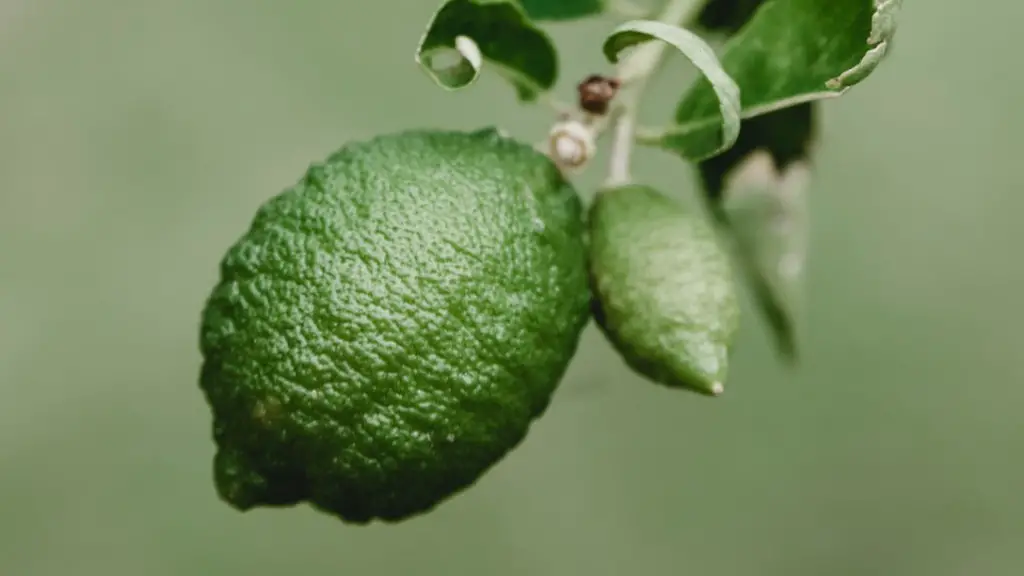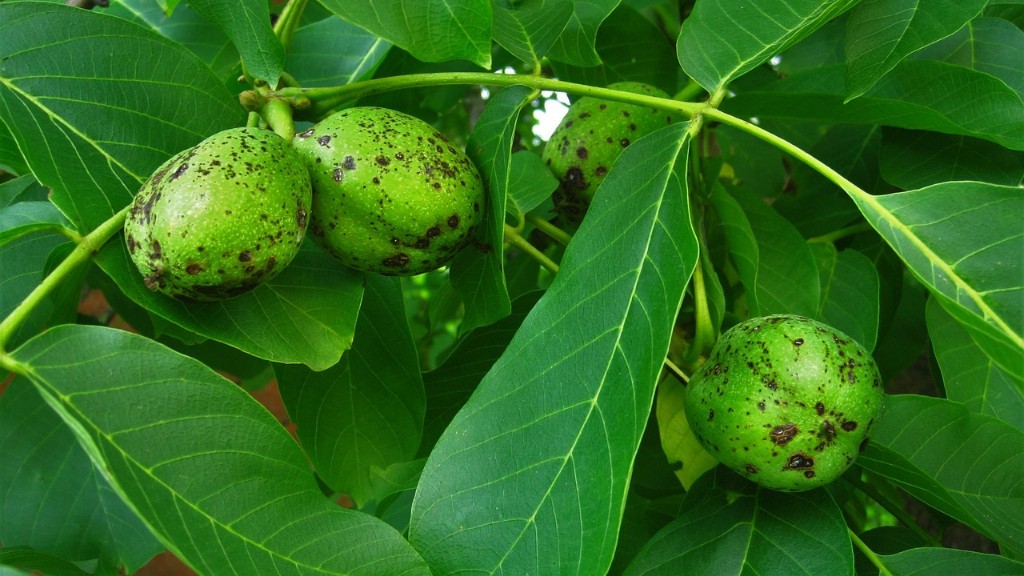Have you ever been frustrated when ants have invaded your lemon tree? The situation can become out of control quickly, as ants can be hard to get rid of and can cause damage to your tree. It’s important to act quickly, so let’s learn how to get rid of ants from your lemon tree.
The first step is to identify the type of ants on your tree. Different species require different treatments, so knowing the species is essential. Black ants, green ants, and red fire ants can all be found on lemon trees, and each requires different steps to eradicate properly.
Once you’ve identified the species of ants, you’ll want to take immediate action. Try using an eco friendly ant bait, as it’s safe for both humans and the environment, and can be effective in getting rid of the problem quickly. Bait should be placed near the base of the tree and should be monitored for effectiveness.
If the ant bait isn’t effective, you may need to use stronger measures such as insecticides and sprays. You’ll want to be mindful of the brand of insecticide you use, as some brands can be toxic to plants and other creatures, so choose a product specifically designed for use on trees. Sprays should be applied following the manufacturer’s instructions, and you’ll want to ensure they are applied carefully, in order to avoid damage to the tree.
Once you have eradicated the ants, it’s important to take preventative measures. Keep your tree and the area near the tree clear of debris and food sources, as these are potential attractants for ants. You’ll also want to regularly inspect the tree and the surrounding area for signs of ant activity.
Finally, insecticidal oils such as neem oil can be used to help keep ants away from the tree. These oils are safe to use and provide a natural, organic way of killing and deterring ants and other pests.
Common signs of ant infestation
When it comes to getting rid of ants from lemon trees, the most important step is identifying them in the first place. But how do you know if you have an infestation? Even before you see the ants, there are signs you can watch for that will tell you something is wrong.
The most obvious sign of an ant infestation is ants themselves. If you start seeing ants crawling around your lemon tree and its branches, there’s a good chance you have a problem. Other signs include sticky leaves or branches, which can indicate ant activity, as well as damage to the tree, such as holes in the bark or leaves.
Ants can also be identified by the type of nest they build. Typically, ants will build a nest near the trunk of the tree, which is usually visible. Black ants build nests that look like small hills on the ground, while red fire ants build nests that look like large mounds. Green ants typically build nests inside branches or on trunks.
It’s also important to check for signs of baiting or spraying. If an ant problem was previously treated, there may be residue left behind from the bait or spray. Identifying these signs can help inform how to tackle the current infestation.
Treating the nest
Once you’ve identified the type of ants you’re dealing with, the next step is to tackle the nest. You may want to start by using an eco-friendly ant bait, as these baits are safe to use and can often be effective.
If the bait isn’t effective, you may need to use a stronger measure, such as an insecticide or spraying. Be sure to carefully follow the manufacturer’s instructions and take precautions when applying an insecticide, and make sure to choose one that’s specifically designed for trees.
You may also want to use an insecticidal oil, such as neem oil, which is safe to use and can help keep ants away from the tree. The oil should be applied to the base of the tree, as well as any branches or twigs that ants may be using as entry points.
Once you’ve treated the nest, you’ll want to take preventative steps to make sure the ants don’t return. Keep the area around the tree clear of debris and food sources, and inspect the tree regularly for signs of ant activity.
Physical removal techniques
Another option is to use physical removal techniques to get rid of ants. This method involves setting up traps and lures, such as sticky traps or ant-specific sugars. These traps and lures will attract the ants and can help draw them away from the tree.
If the traps don’t seem to be doing the trick, you may want to try another method, such as introducing a predator species such as ants, wasps, or ladybugs. Introducing predators can help reduce the ant population by preying on them. However, it’s important to make sure the predator species you choose is not harmful to the tree or other creatures in the environment.
You may also want to use manual removal techniques, such as brushing or knocking the ants off the tree. This is an effective way of removing ants, but it’s important to be careful, as the ants can become agitated and may attack the tree or try to bite you.
Finally, you may want to consider pruning the branches of the tree. Pruning can help remove branches that ants may be using as entry points and make it harder for them to reach the tree.
Identifying the species of ants
It’s important to do a thorough inspection of the tree and its surroundings in order to identify the species of ants. It’s also important to remember that different species require different types of treatments. Black ants, green ants, and red fire ants are all common on lemon trees, and each require different steps to eradicate properly.
Black ants build nests that look like small hills on the ground, while red fire ants build nests that look like large mounds. Green ants typically build nests inside branches or on trunks. You may be able to identify the species of ants by looking at their nests, or you may need to call an expert for assistance.
Once you’ve identified the type of ants, you’ll be able to take the necessary steps to get rid of them. Be sure to inspect the tree and its surroundings regularly in order to identify any new infestations quickly.
Using insecticides and sprays
Another option is to use insecticides and sprays to get rid of ants. Insecticides and sprays should be used with caution, as some products can be toxic to both plants and other creatures. Be sure to choose a brand specifically designed for use on trees and follow the manufacturer’s instructions carefully when applying it.
Insecticidal oils such as neem oil can also be used to help keep ants away from the tree. Neem oil is a safe and natural way of killing and deterring ants, and should be applied near the tree’s base and any entry points or access points the ants are using.
Insect traps can also be used to help draw ants away from the tree. These traps use scents, food sources, and lures to attract ants and can be effective in reducing the ant population. However, be sure to regularly inspect the traps to ensure they are working properly.
The bottom line is that there are many ways to get rid of ants from your lemon tree. Take the time to identify the species of ants and choose the right treatment. With the right plan, you can get rid of the ants and protect your tree.



